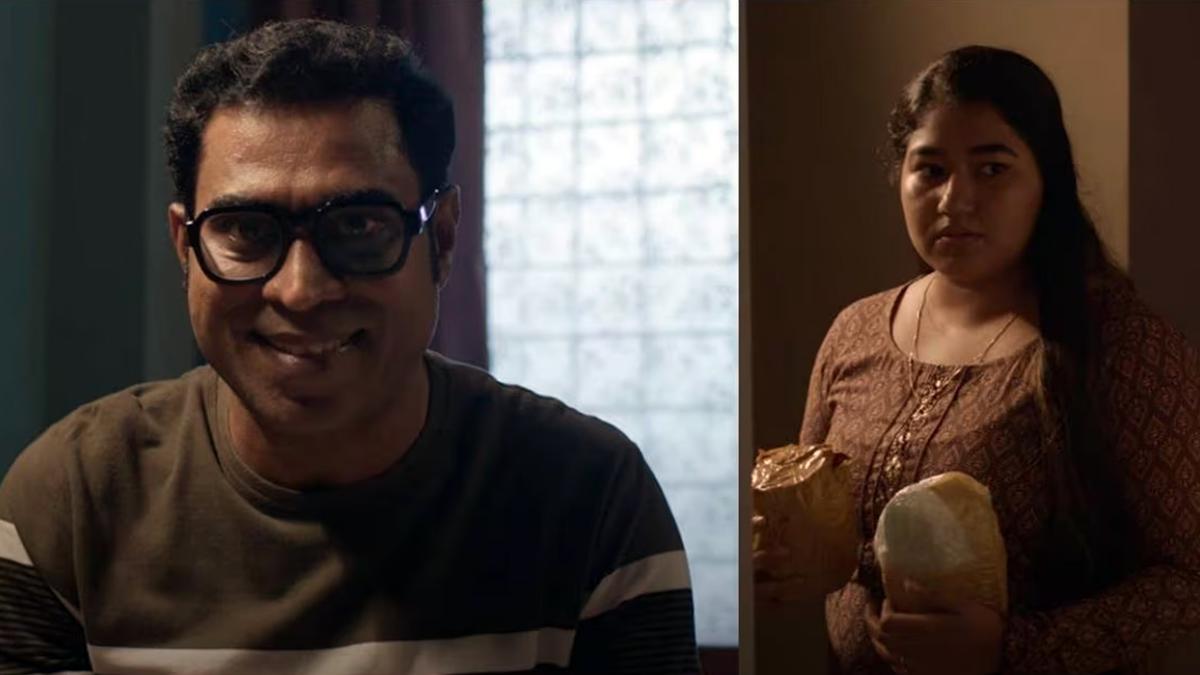Lizzo is getting frank about how a landmark year in her career has turned into one of its most fraught.
The “About Damn Time” hitmaker was fresh off of her first arena run last summer when three of her former touring dancers filed a sweeping harassment lawsuit against her, her touring company and her dance captain. A month later, fashion designer Asha Daniels, who worked on costumes for Lizzo’s tour dancers, filed a harassment and discrimination lawsuit of her own.
“I was literally living the dream,” Lizzo said Thursday on the “Baby, This is Keke Palmer” podcast — her first interview since the lawsuit news broke. Days later, she was “blindsided” by a slew of allegations she said “came literally out of nowhere.”
The four-time Grammy winner said she was “very hurt” because the dancers who filed the suit “were people that I gave opportunities to,” whom she “liked” and “respected.”
Lizzo said her legal team plans to fight until all claims against her are dismissed.
In August 2023, dancers Arianna Davis, Crystal Williams and Noelle Rodriguez filed a complaint alleging they were the victims of a hostile work environment and several forms of harassment while employed by Lizzo.
“It’s really hard to believe that somebody that you almost think could do no wrong, did so much wrong,” Williams previously told The Times. “I felt the need to even come forward publicly because this is not only her that does things like this. This is normalized in the entertainment industry in general.”
Among the dancers’ allegations in the ongoing case is that the Yitty founder “pressured Plaintiffs and all her employees to attend outings where nudity and sexuality were a focal point,” according to their complaint. Citing specific anecdotes from burlesque club Crazy Horse Paris and Bananenbar Amsterdam, which calls itself an “erotic bar,” the dancers recalled going along with Lizzo’s invitations to engage with nude club dancers out of fear of losing their jobs.
Lizzo said Thursday that she had merely been enjoying nights out with her team members, with whom she typically maintains friendly relationships. Attending the outings wasn’t “mandatory,” she said, and everything that occurred at them was “consensual.”
“We met the dancers, we laughed, we talked,” she told Palmer about the night at Crazy Horse Paris. “There’s photos and videos of the three girls who are the ex-dancers, who are suing me, in a video with them smiling, having a great time. And we all went back to our hotels. And that is one of the claims of sexual harassment.”
Lizzo said she used to struggle to understand why her music peers kept such distance from their crew, “but now I see why.”
“I think this experience taught me how to set those kinds of boundaries, not just to protect them, but to protect myself,” she said.
As for Davis’ claim that Lizzo body-shamed her and implied that her weight gain was a sign of her being “less committed” to her work, the “Truth Hurts” singer told Palmer, “Those words never came out of my mouth.”
“More things that just never happened,” according to Lizzo, include the singer “cracking her knuckles, balling her fists” and launching perceived threats after Rodriguez announced her resignation, as the dancer alleged in the lawsuit.
“This is the part of fame that you unknowingly sign up for,” Lizzo said. “People now will just believe anything bad about you.”
The dancers’ attorney Ron Zambrano addressed Lizzo’s comments Thursday in a statement.
“There is an utter lack of awareness by Lizzo failing to see how these young women on her team who are just starting their careers would feel pressured to accept an invitation from their global celebrity boss who rarely hangs out with them,” Zambrano said.
“There is a power dynamic in the boss-employee context that Lizzo utterly fails to appreciate,” he continued. “We stand by the claims in the lawsuit and are prepared to prove everything in court with Lizzo on the stand under oath before a jury of her peers, not spouting nonsense and lies rationalizing a failure to take accountability on a podcast.”
Separately, Zambrano corrected Lizzo’s statement on the podcast that Daniels’ separate suit had been “dismissed.”
A federal judge earlier this month ruled that Daniels could not sue Lizzo as an individual, but the singer’s touring company remains a defendant in the case, BBC reported. The judge also dropped several claims pertaining to Daniels’ work for Lizzo in Europe, where U.S. labor laws do not apply.
However, “The lawsuit is still very active and has not been dismissed,” Zambrano said in a statement published by People. “The ruling was not for lack of evidence, but rather on procedural jurisdictional grounds. It by no means absolves Lizzo of the egregious claims that occurred on her watch.”
A hearing in the dancers’ case is scheduled for Jan. 14.
Meanwhile, Lizzo told Palmer she remains someone who uplifts Black women and takes accountability when she makes mistakes.
“I still believe women. I still believe victims. Because this happened to me is not going to change that,” she said. “But people should not be able to just say anything about somebody and put it in the media and ask for money.”
The singer added that she’s been processing the events of the past year as she writes her new album, which has yet to be formally announced. “I’m putting everything in the art. I always have.”
Times staff writers Alexandra Del Rosario, August Brown and Stacy Perman and former Times staff writer Carlos De Loera contributed to this report.































/cdn.vox-cdn.com/uploads/chorus_asset/file/25782636/247422_ChatGPT_anniversary_CVirginia.jpg)
/cdn.vox-cdn.com/uploads/chorus_asset/file/25789444/1258459915.jpg)

/cdn.vox-cdn.com/uploads/chorus_asset/file/25546252/STK169_Mark_Zuckerburg_CVIRGINIA_D.jpg)


/cdn.vox-cdn.com/uploads/chorus_asset/file/23951353/STK043_VRG_Illo_N_Barclay_3_Meta.jpg)